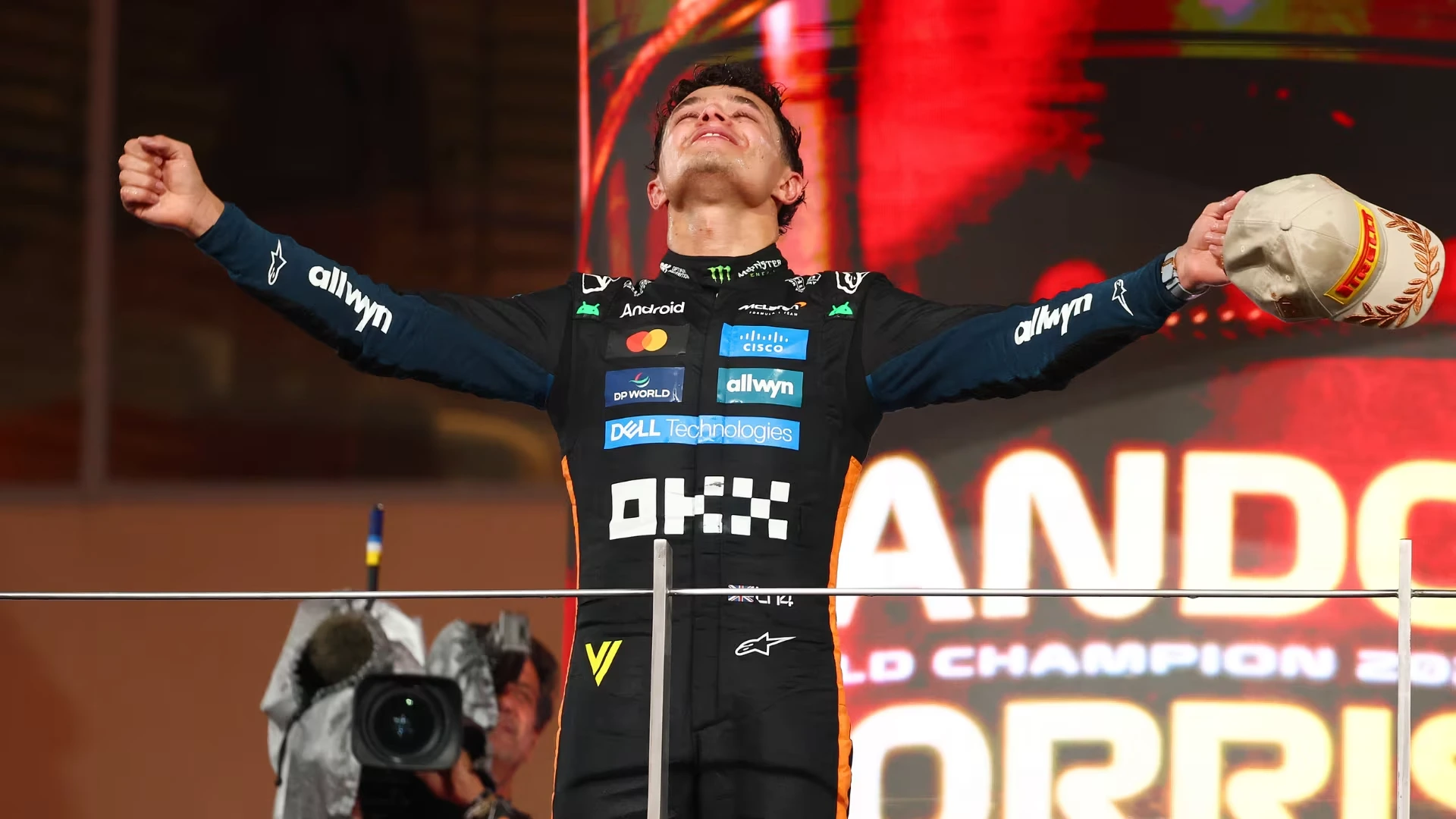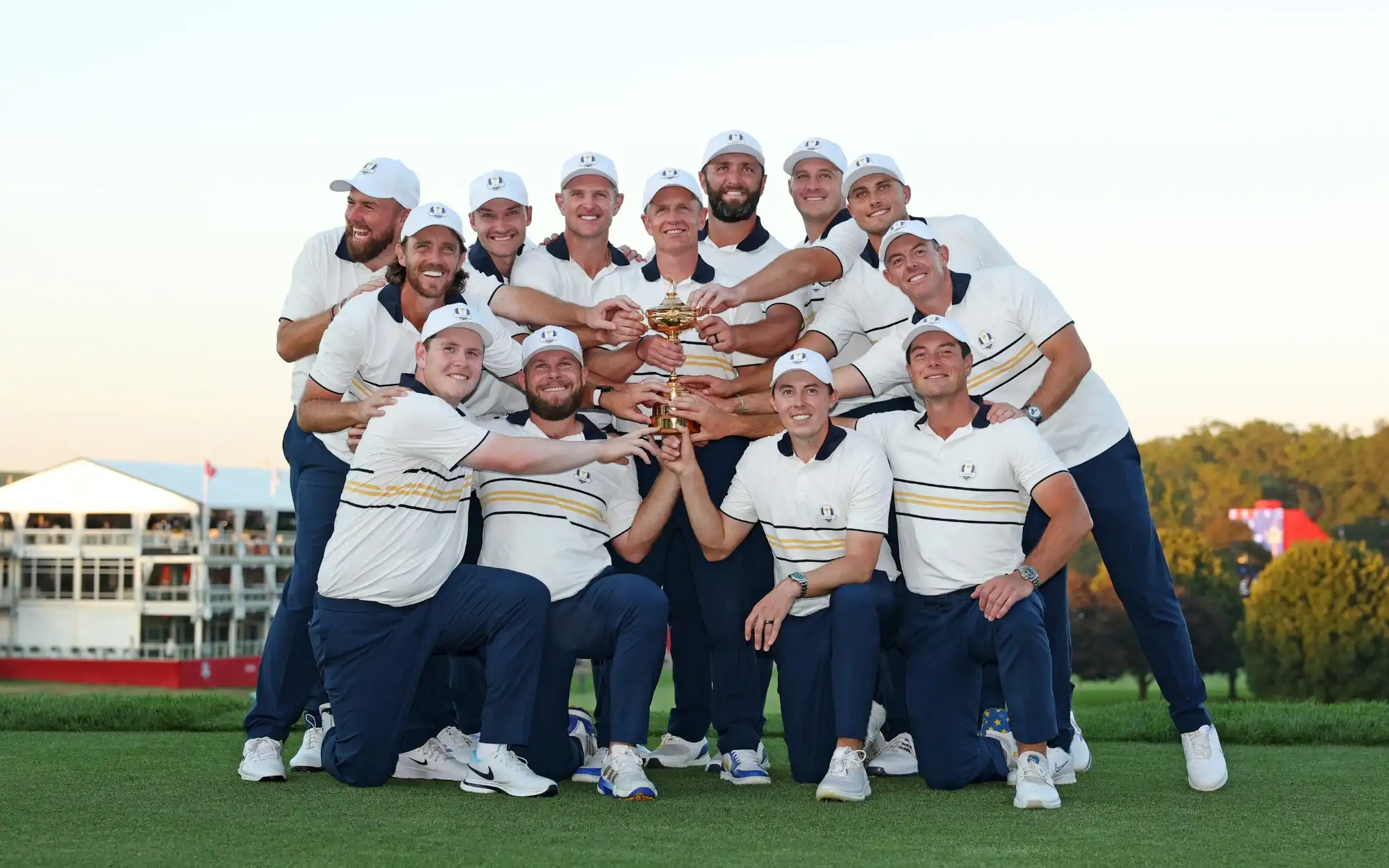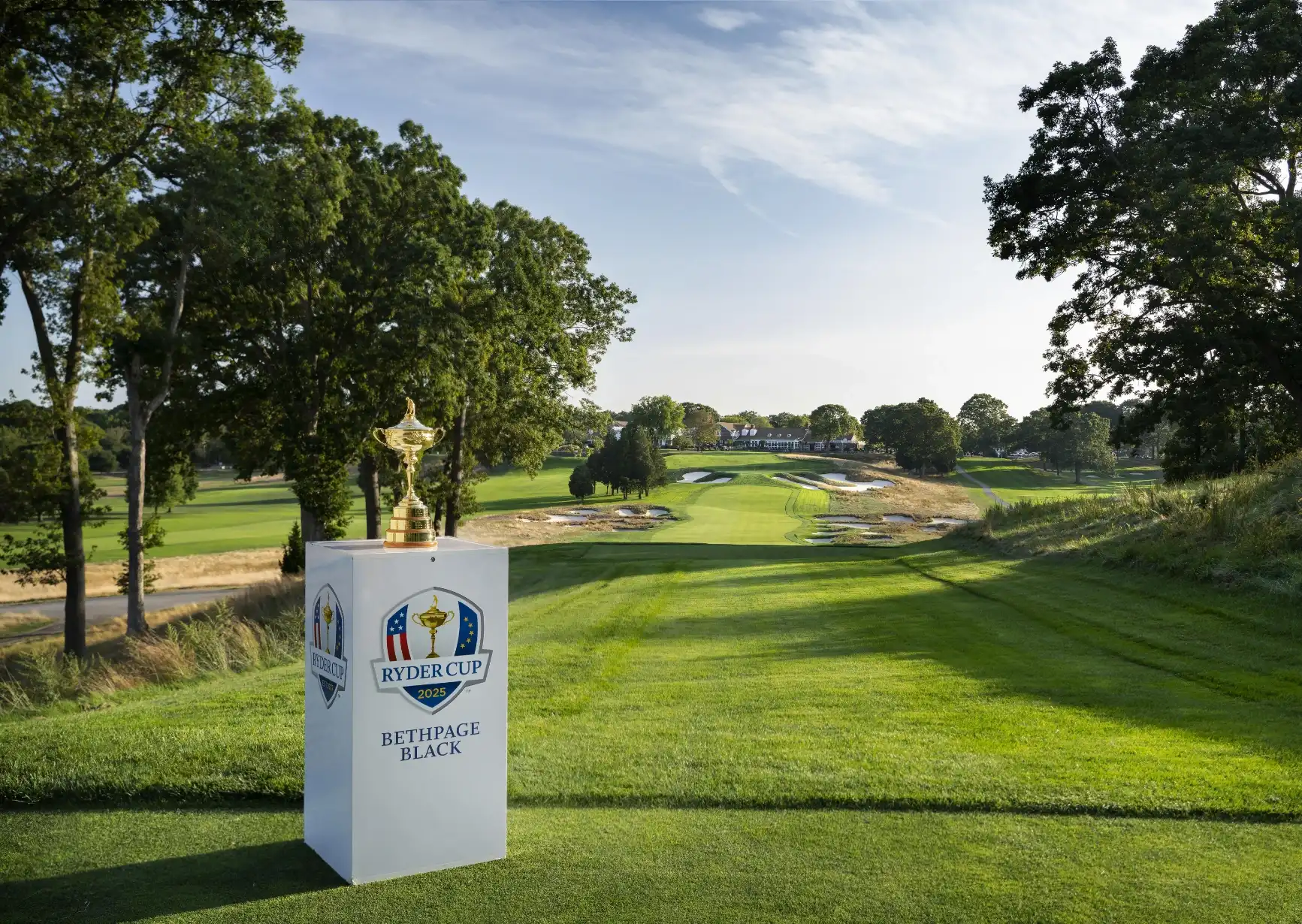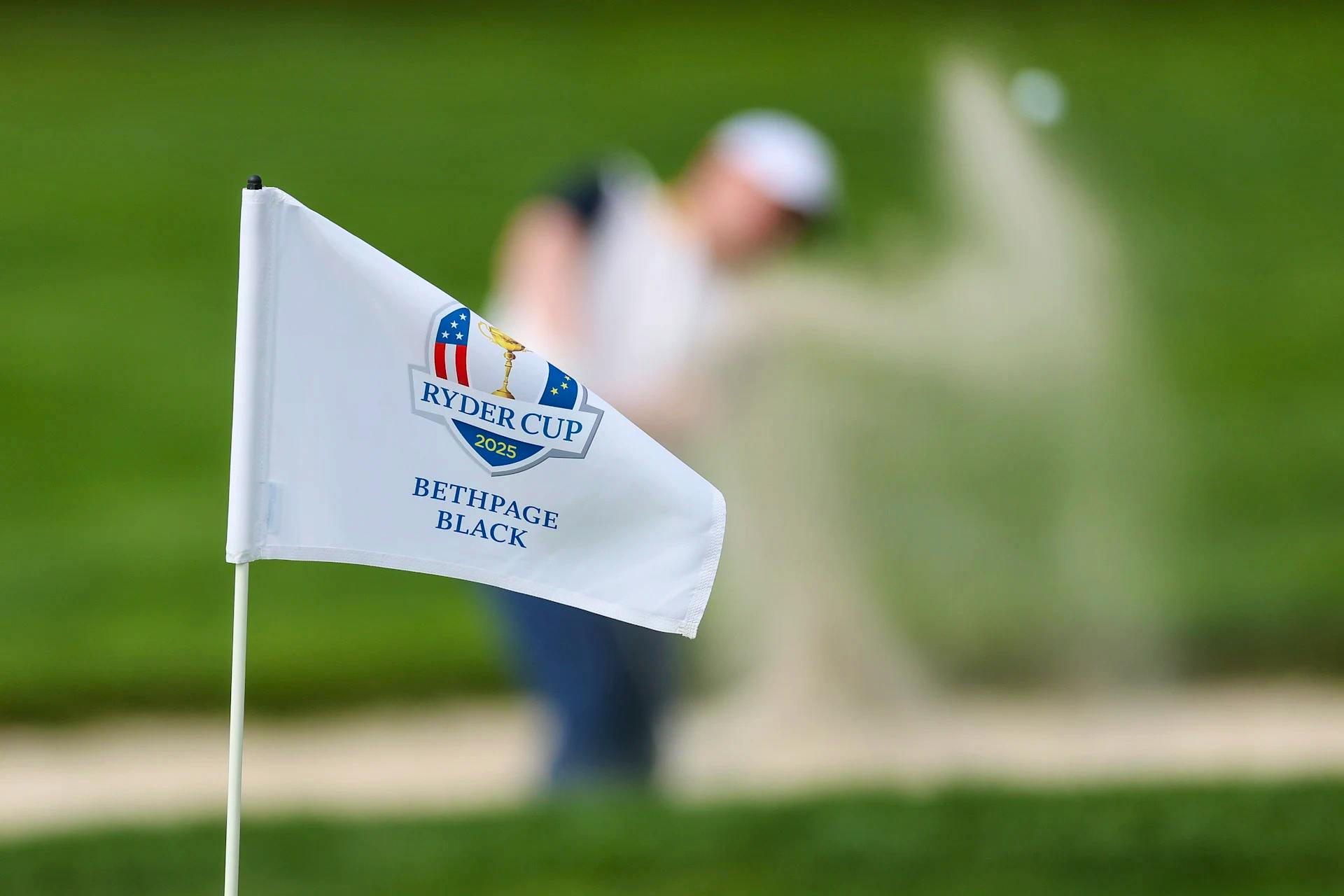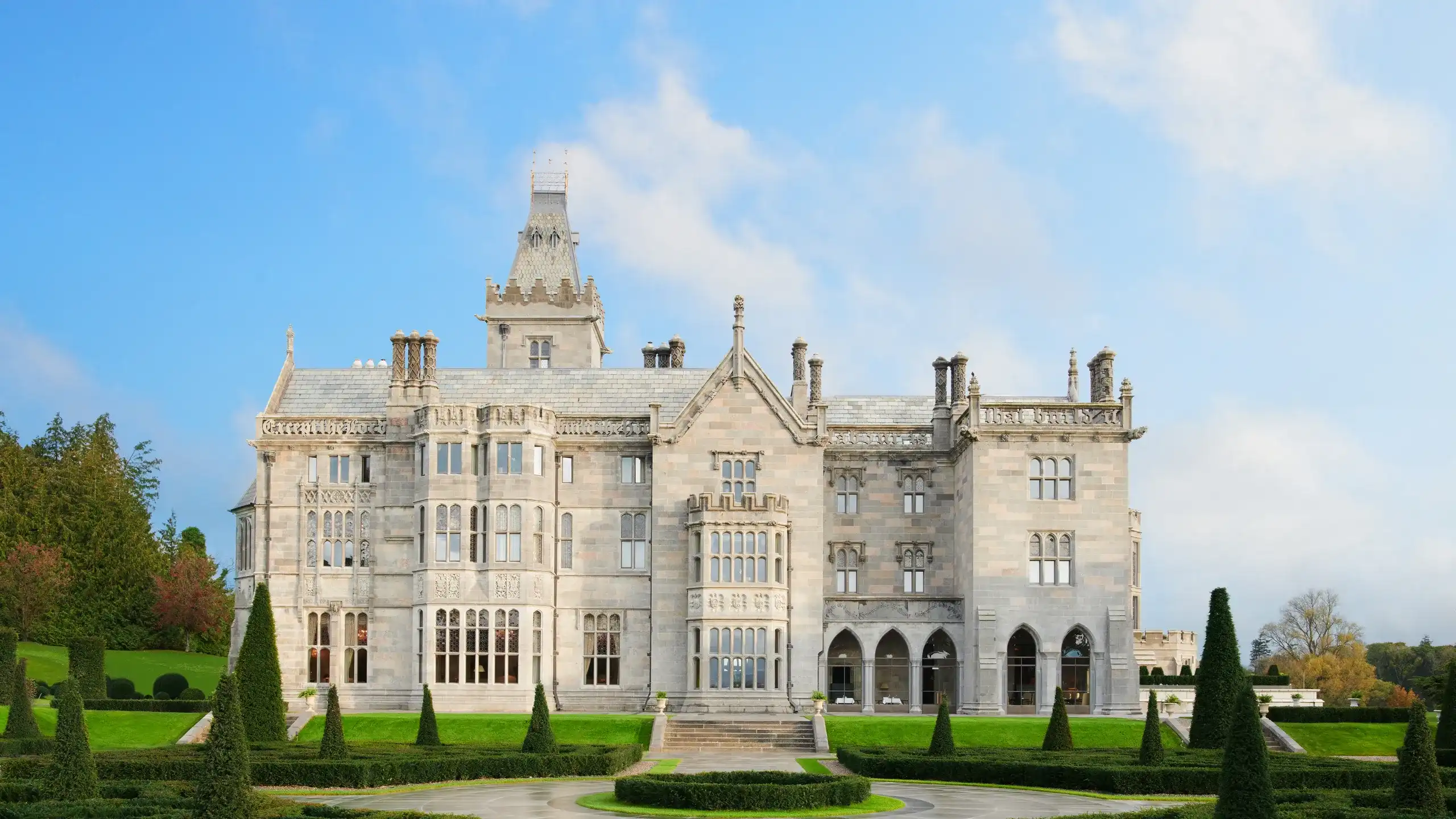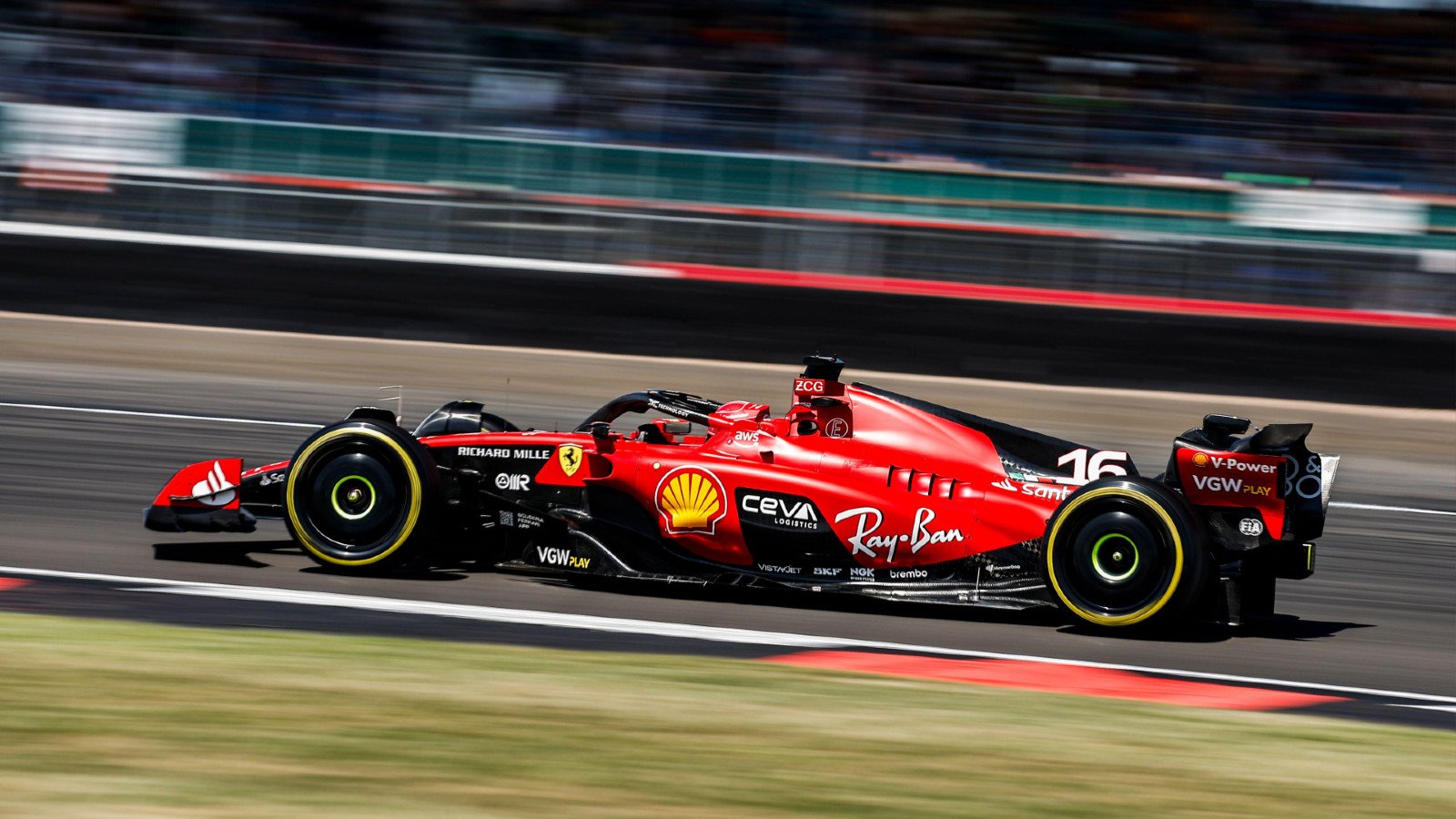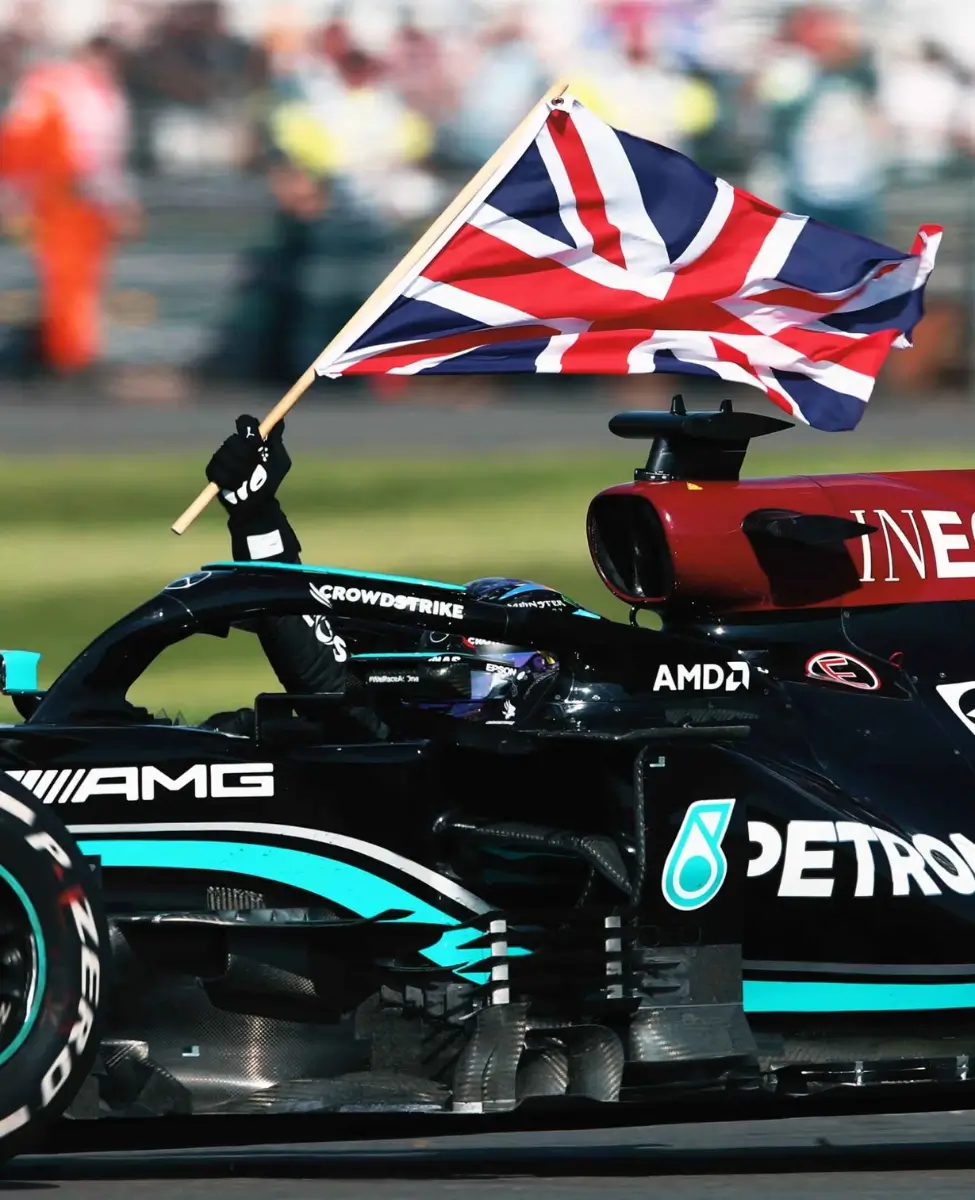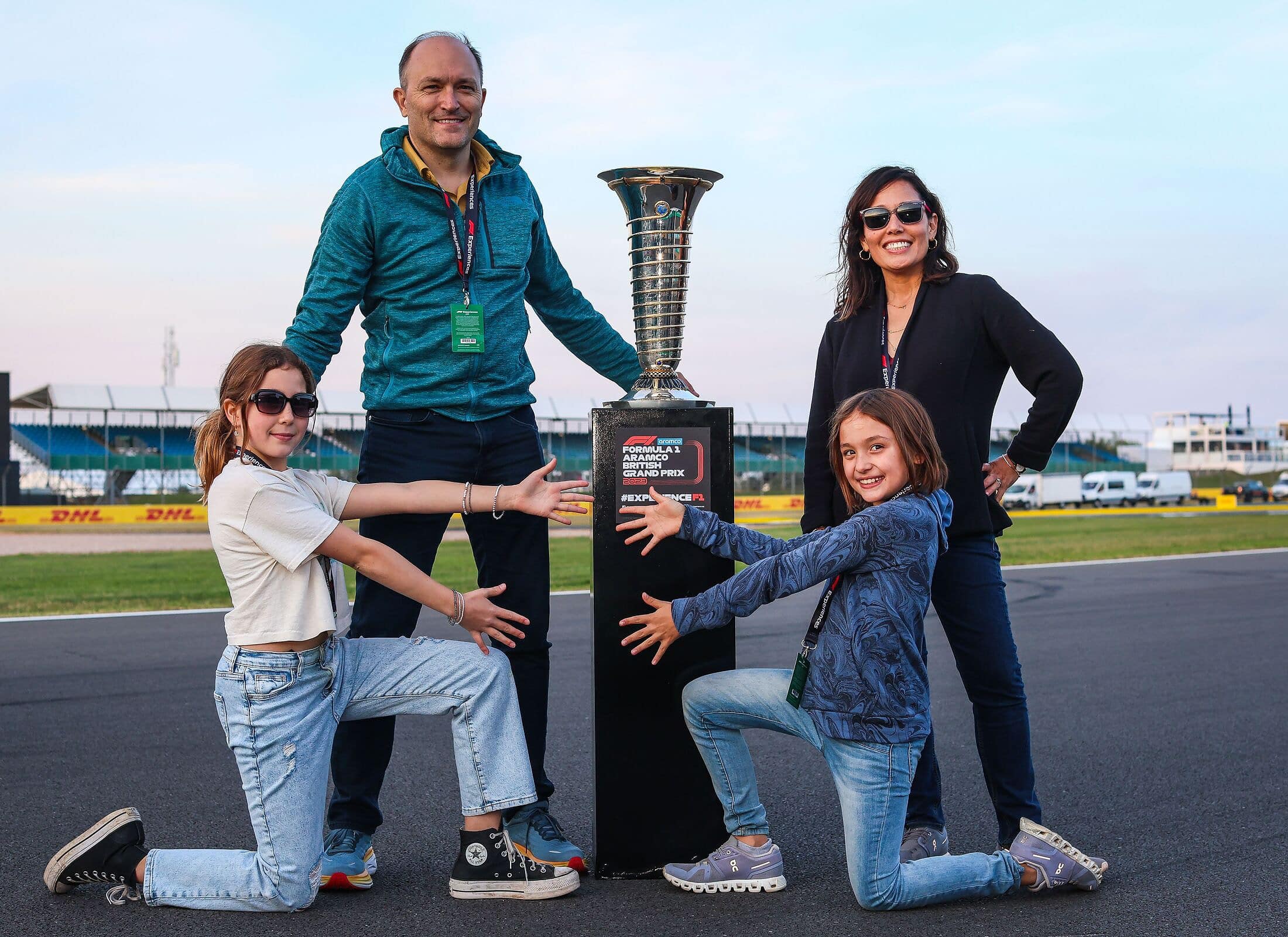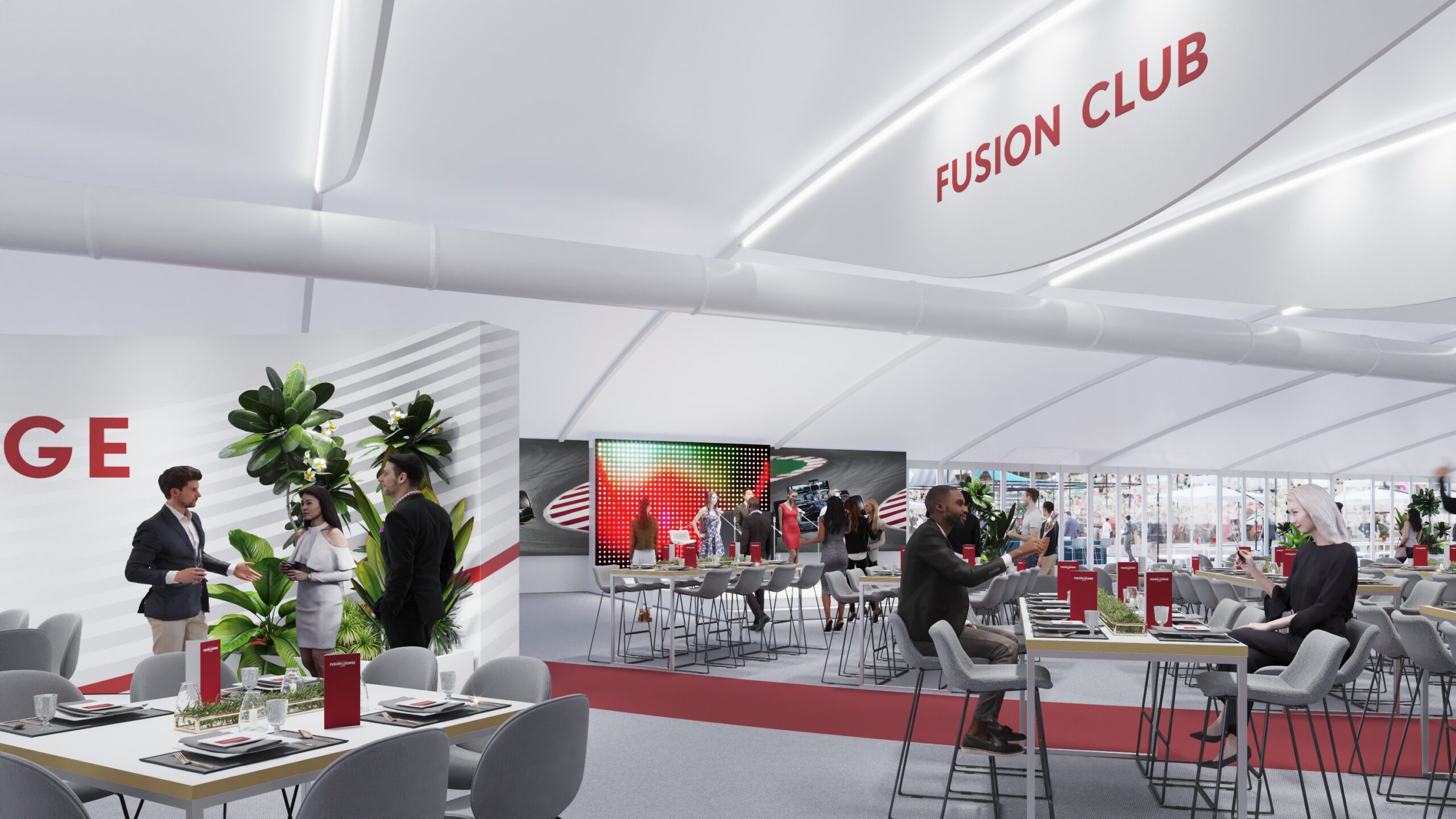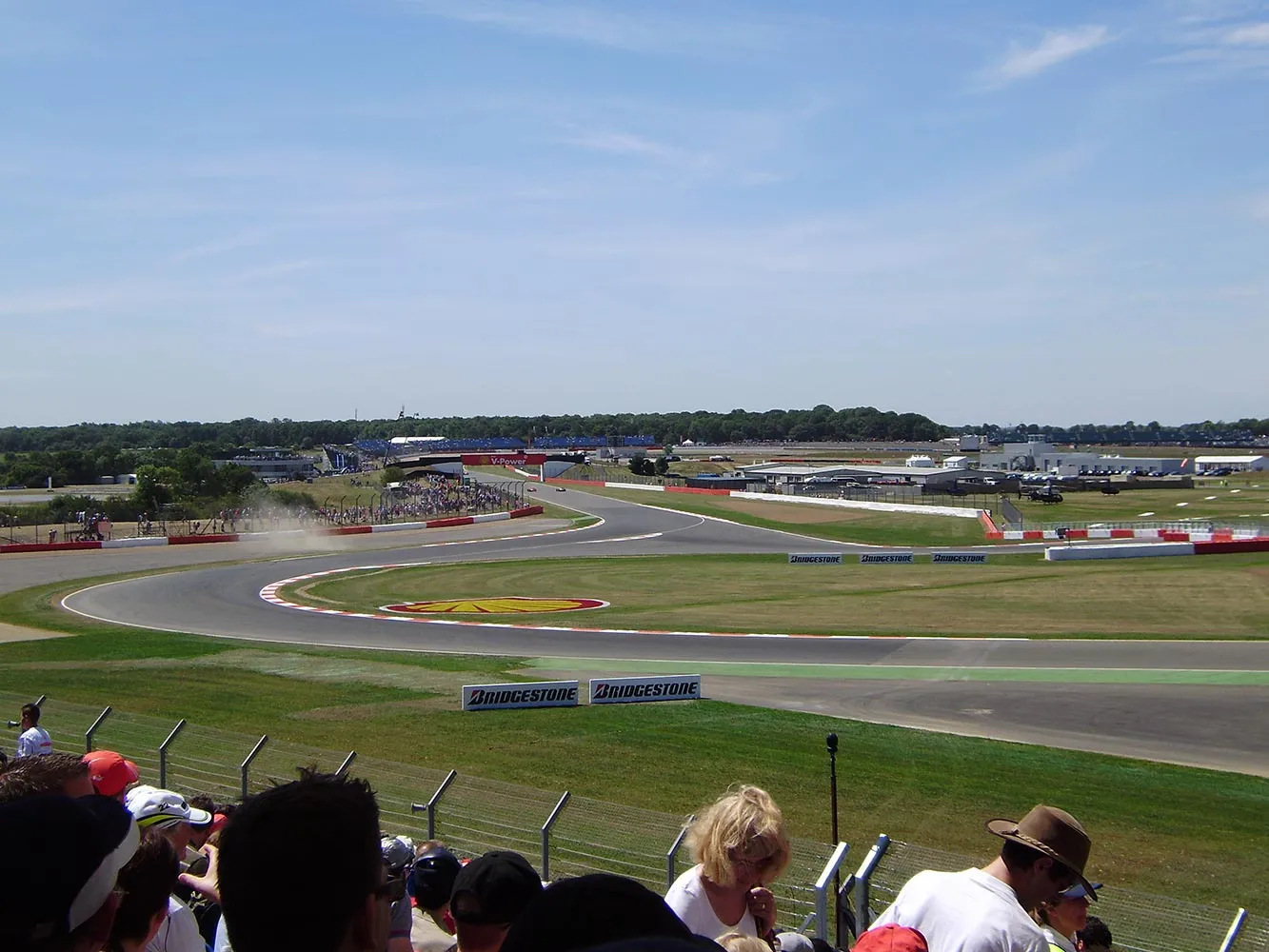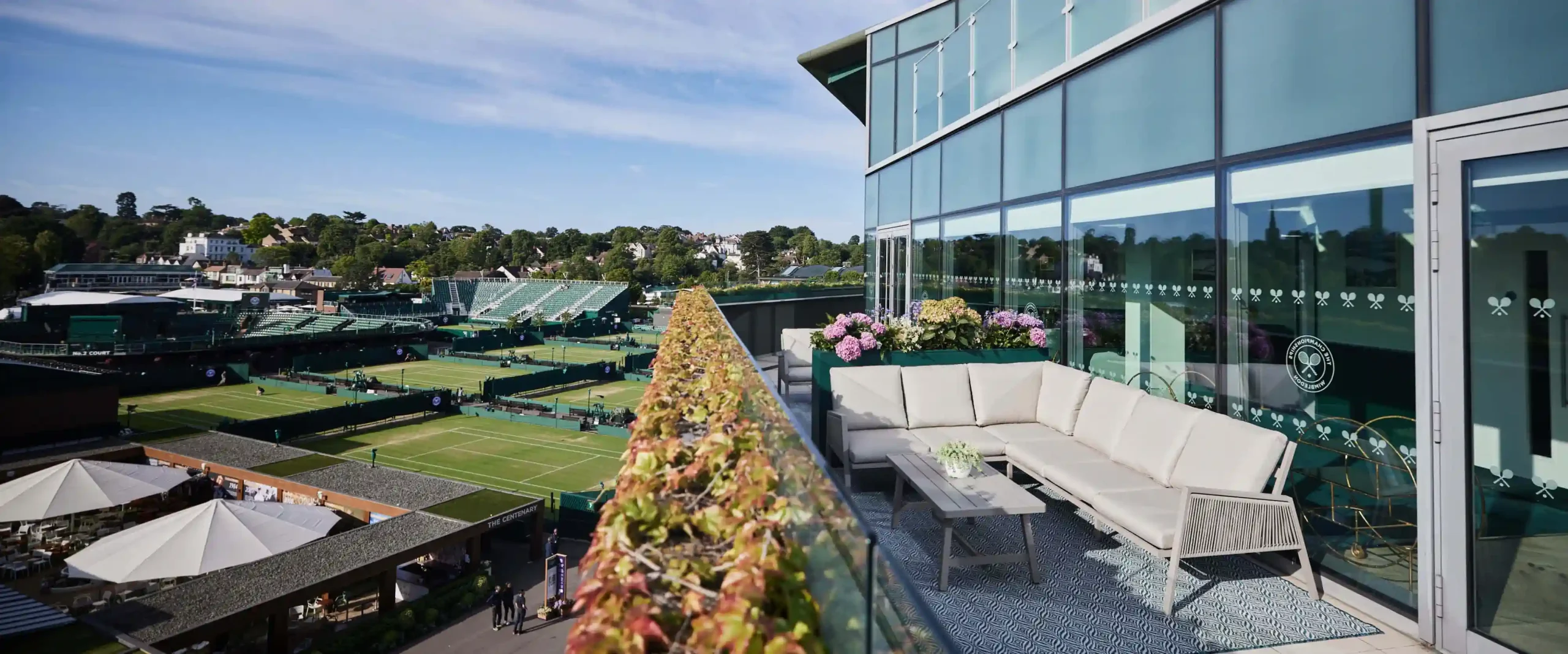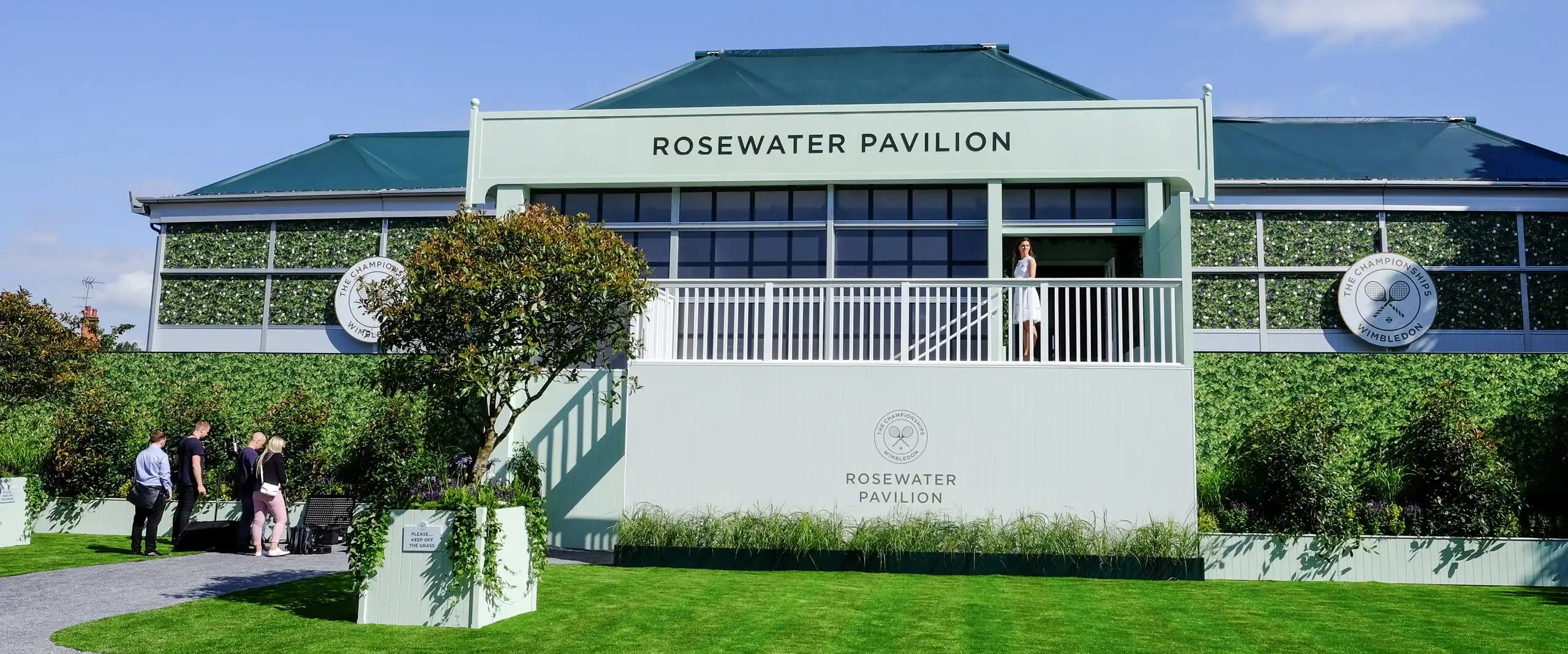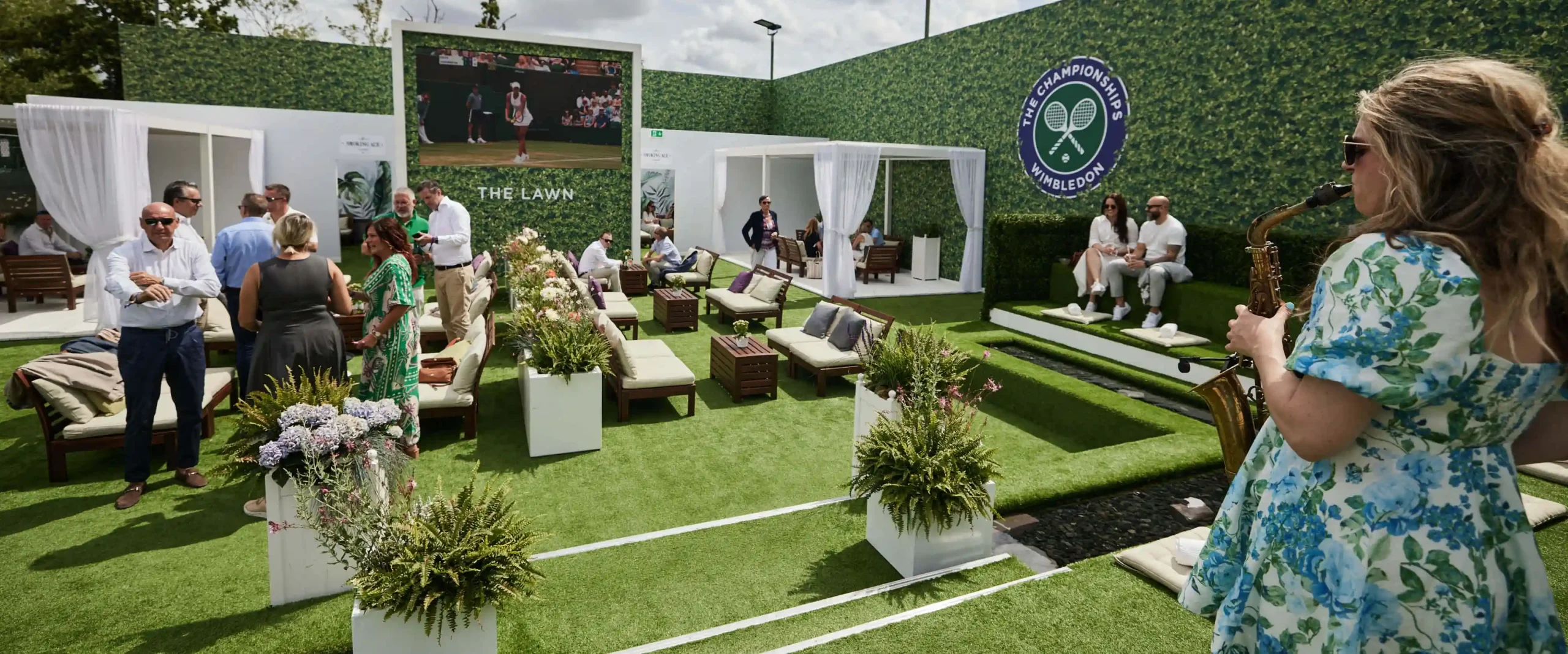The Crown Jewels: A Definitive Review of the 2025 Abu Dhabi Grand Prix
Quick Summary
- The Verdict: Lando Norris secures his maiden Drivers’ Championship by a mere 2 points over Verstappen.
- The Race: A surprisingly clean finale—no Safety Cars or yellow flags—decided purely by strategy and nerve.
- Key Moment: The controversial lap 23 flashpoint where Tsunoda’s defence forced Norris off-track.
- History Made: McLaren’s first Drivers’ title since 2008, cementing a new era for the Woking team.
The sun has set on Yas Marina, and with it, the most intense Formula 1 season in a decade. Unlike the chaotic, intervention-riddled finale of 2021, the 2025 Abu Dhabi Grand Prix offered something purer: a straight fight decided by pace, strategy, and the margins of a steering wheel. While Max Verstappen claimed the race victory with the clinical precision we have come to expect, the night belonged to Lando Norris.
Arriving in Abu Dhabi, the mathematics were complex, but the tension was simple. A three-way title decider involving Norris, Verstappen, and Piastri promised fireworks. What we received was a masterclass in risk management.
The Strategy of Survival
McLaren had already secured the Constructors’ Championship, leaving the spotlight solely on the drivers. The race began with Verstappen converting pole, but the drama was immediate. Oscar Piastri’s bold move around the outside of Turn 9 demoted Norris to third. For a lesser driver, panic might have set in. For Norris, it was about calculating the long game.
While Red Bull committed Verstappen to a one-stop strategy—a gamble on track position—McLaren opted for a conservative two-stop approach for Norris. It was a decision prioritising safety over speed, ensuring that no tyre cliff or late-race degradation would rob them of the necessary points.
"It was the cleanest decider in years. No Safety Car, no VSC, no late race direction calls. Just pure racing."
The Flashpoint: Lap 23
No modern classic is without controversy. The defining moment of the evening arrived on Lap 23. Red Bull, utilising Yuki Tsunoda effectively as a rolling roadblock, attempted to back Norris into the chasing pack. Tsunoda’s defence down the back straight—weaving to break the tow—forced Norris to execute a pass with all four wheels off the tarmac.
The stewards’ verdict was swift and decisive: a 5-second penalty for Tsunoda for forcing a driver off track. It was a ruling that extinguished the spectre of 2021, reinforcing that hard racing must remain fair racing. Norris survived the scare, stabilised his gap to Charles Leclerc, and brought the car home in P3.
The Art of the Two-Stop: Strategy vs. Optimisation
The race was fundamentally a battle of contrasting strategies. Verstappen and Red Bull committed to the classic one-stop (Medium to Hard), aiming for raw race pace and track position. The flawless execution saw Verstappen control the pace after his Lap 24 stop, immediately setting about closing the gap to Oscar Piastri, who had inherited the lead.
Piastri, meanwhile, delivered a mammoth 41-lap first stint on the Hard tyre, showcasing exceptional tyre management and race craft to lead 17 laps. However, his tyre life eventually gave way to Verstappen’s fresher rubber around Lap 41, settling him into P2.
For Norris, McLaren’s team principal Andrea Stella engineered a conservative two-stop strategy. After an early stop for Hard tyres to cover track threats, Norris took a second stop around Lap 40. This move was not to chase Verstappen, but specifically to counter the aggressive two-stop strategy of Charles Leclerc (who later set the fastest lap), ensuring Norris retained a significant, unassailable time cushion over the Ferrari and, crucially, protected his championship-winning P3 finish. This was risk management personified: sacrificing a chance at the win to guarantee the title.
Verstappen's Victory, Norris's Consistency
Verstappen’s dominance on Sunday—securing his eighth win of the season—was undeniable. His drive was error-free, and his one-stop strategy was the theoretical fastest path to victory. Yet, the wider strategic context revealed his tactical ceiling: without a Safety Car or Virtual Safety Car, he had no safe mechanism to push Norris out of the necessary top-three finish. The title was decided by McLaren’s season-long consistency and reliability, not late-race improvisation.
Piastri's P2 finish was equally crucial. Finishing the season with 410 points, the young Australian proved he was far from a rear-gunner, taking the fight to both rivals and demonstrating the Woking team’s strength-in-depth.
Further back, Lewis Hamilton navigated a superb recovery drive from P16—a result of a Q1 exit following his FP3 crash. He climbed to P8, a respectable result to close a difficult inaugural year with Ferrari. George Russell also secured a solid P5 finish, but Mercedes lacked the outright pace to interrupt the title fight.
A Coronation in the Desert
As Verstappen crossed the line to take his eighth win of the season, the celebration was muted. He had done everything right on the night, but the season’s consistency belonged to papaya. Lando Norris, finishing 16 seconds behind his rival, had done enough.
423 points to 421. A two-point margin is all that separates the champion from the challenger. It ends a 1,457-day reign for Verstappen and crowns Norris as Britain’s 11th World Champion.
Witness History in 2026
The 2025 finale proved that Formula 1 has entered a new golden era of competition. There is no substitute for witnessing the climax of the season from the comfort of the Paddock Club or our private yacht hospitality.
Secure your place for the next chapter of motorsport history with Above + Beyond.
View Abu Dhabi 2026 HospitalityThe Final Standings
The sheer closeness of this season will be analysed for years to come. McLaren’s resurgence from the midfield to a double-championship winning team is a testament to the leadership of Andrea Stella and Zak Brown. Ferrari and Mercedes showed flashes of brilliance, with Leclerc securing the fastest lap, but they remained steps behind the title protagonists.
As the fireworks faded over the marina, the paddock chatter shifted from controversy to respect. We witnessed a clean, non-controversial decider where the fastest package over 24 races took the spoils. For the discerning enthusiast, it was the perfect end to a monumental year.
For bespoke travel arrangements and access to the world's most exclusive sporting events, contact our team below.


